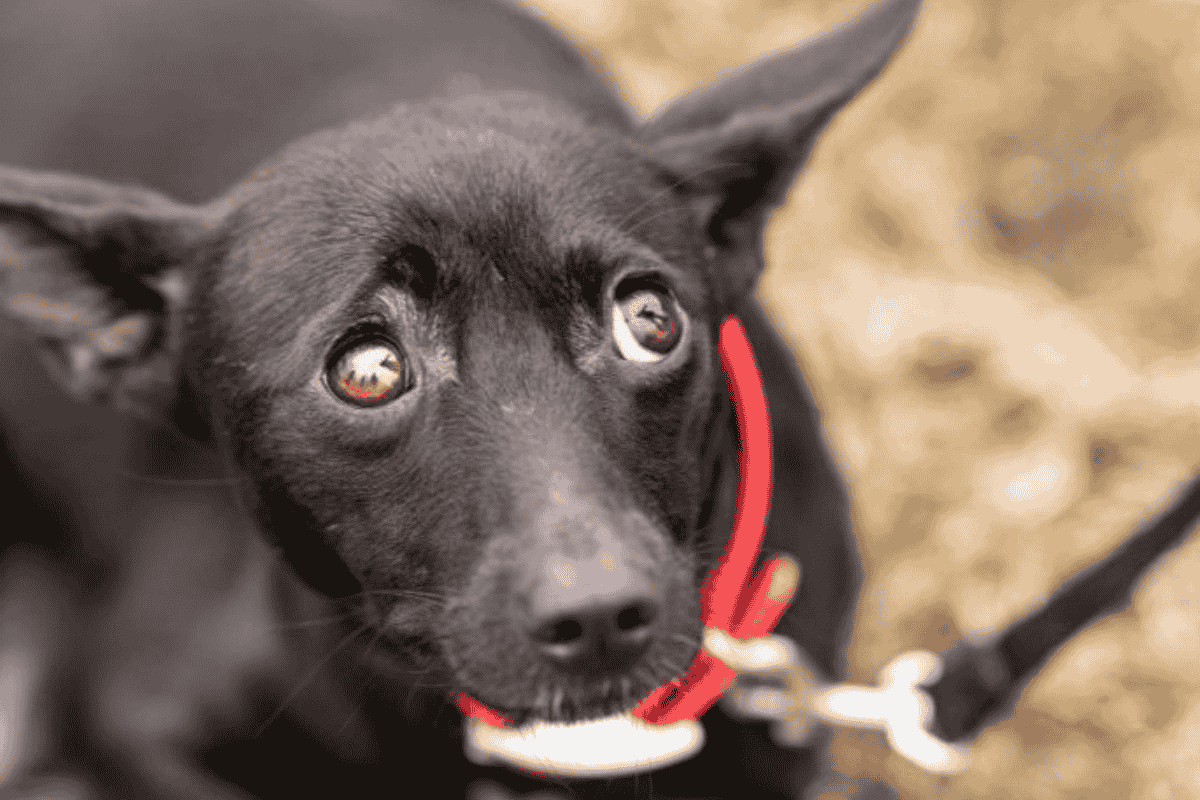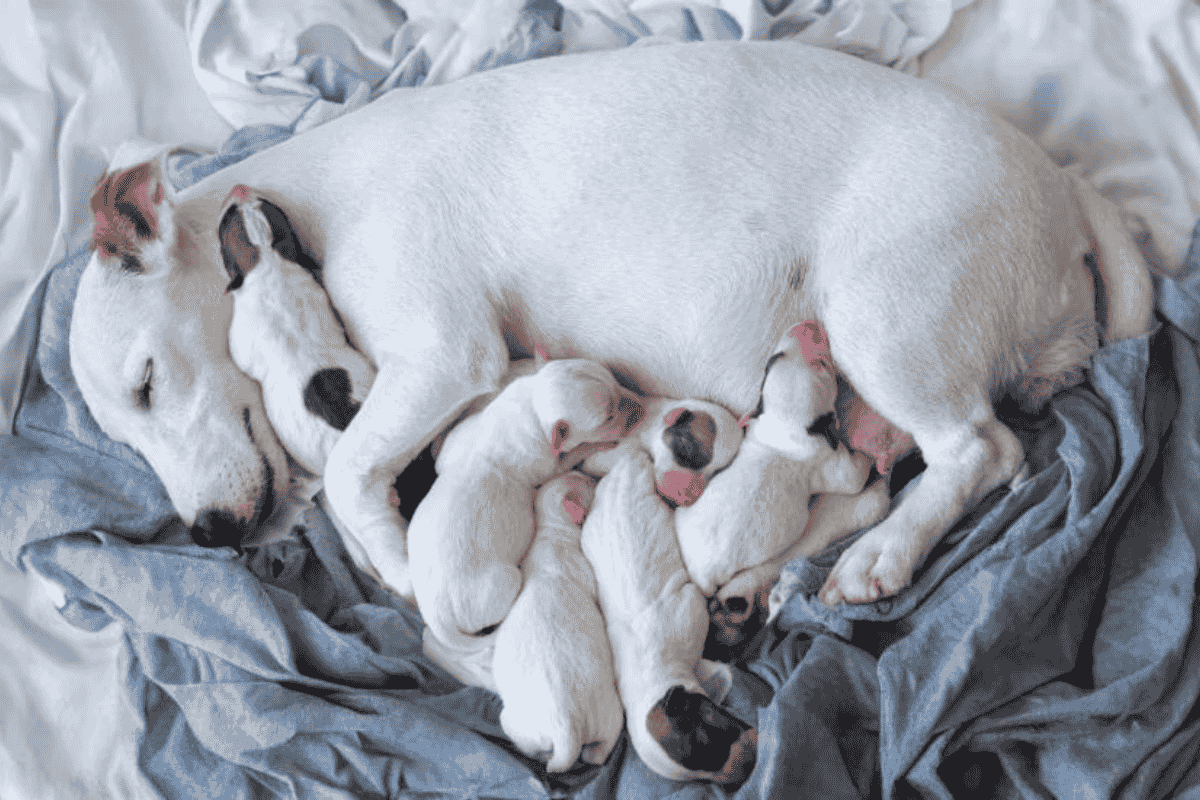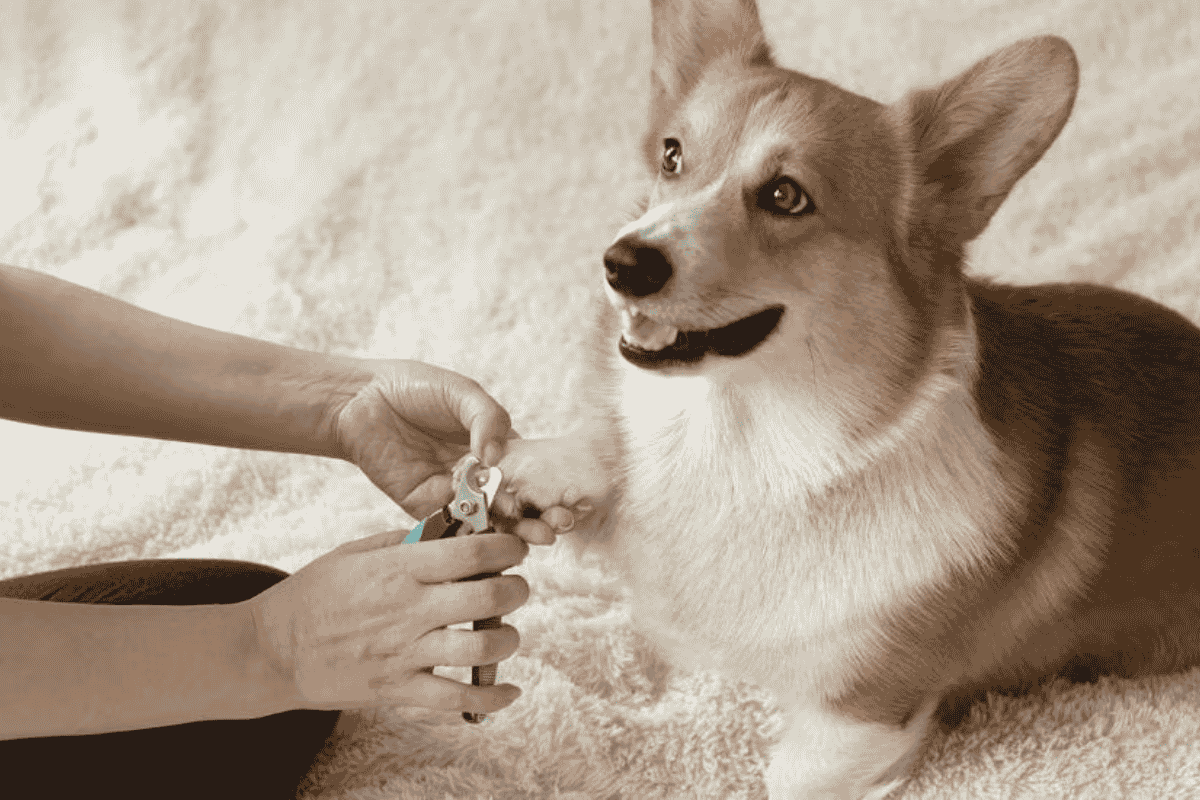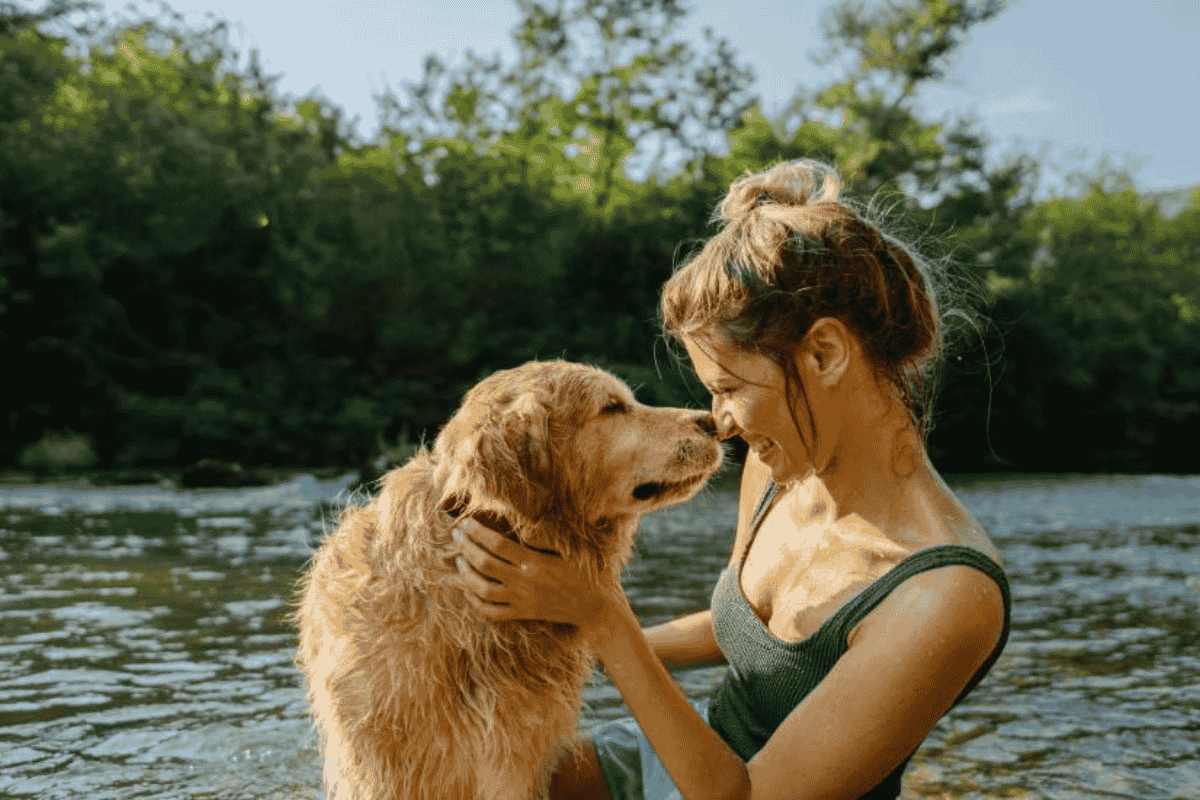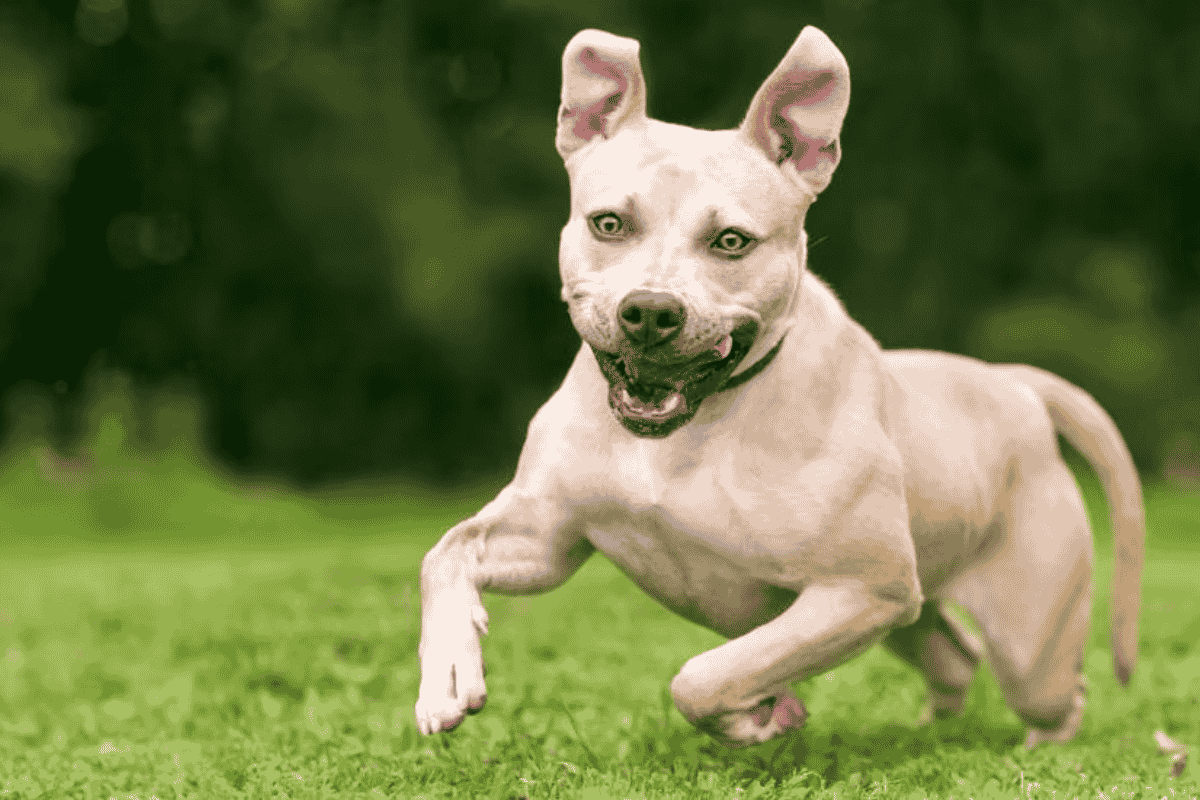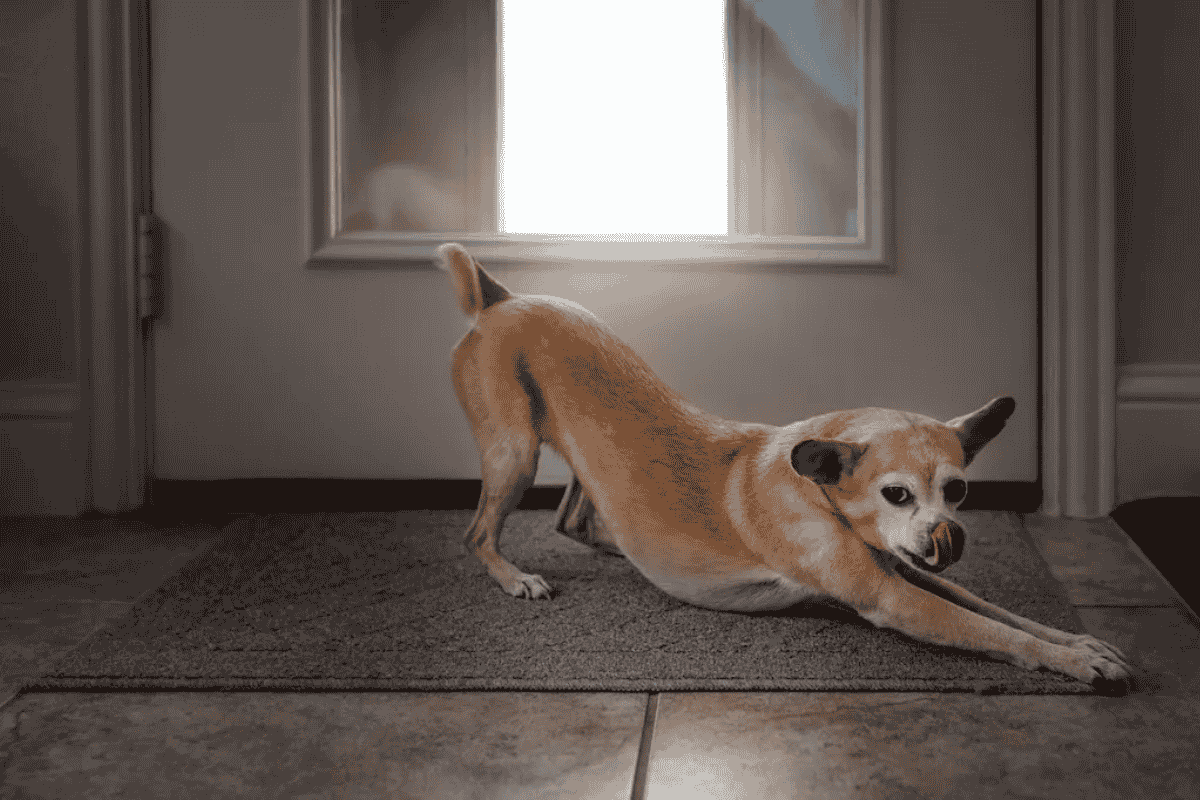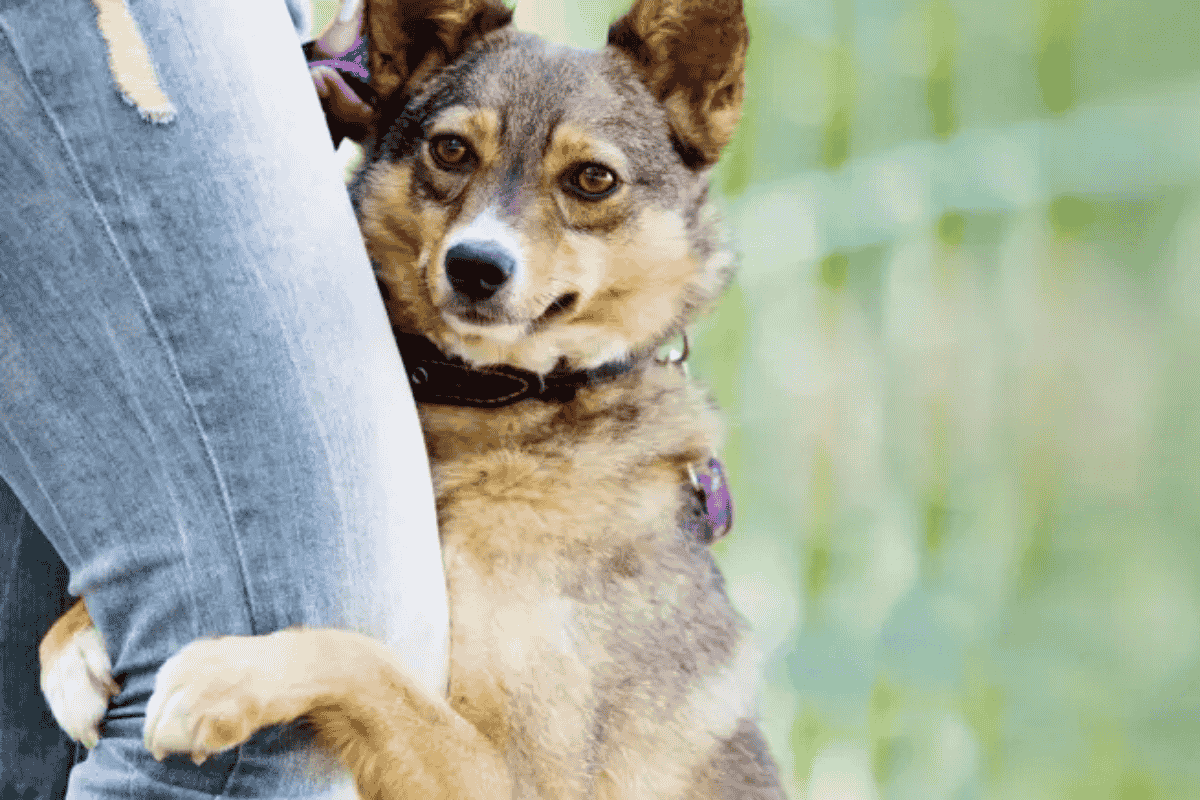If your dog seems fearful of almost everything, you’re not alone. Many pet parents find themselves living with a timid or anxious pup, and it can be frustrating, heartbreaking, and overwhelming.
While fear plays a natural role in survival, when it seeps into daily life, it can limit your dog’s happiness and health. Let’s break down the causes, signs, and ways you can help your fearful dog.
What Makes a Dog Scared of Everything?
Lack of Socialization
Puppies that don’t experience positive exposure to new people, places, and situations between 8–16 weeks may grow into adult dogs that are wary of the unfamiliar.
Genetic Predisposition
Some dogs inherit a natural tendency toward fearfulness or shyness, especially if their mother was anxious during pregnancy.
Traumatic Experiences
A single negative event—like being startled by fireworks—can trigger lifelong fear responses that generalize to similar situations.
Pain or Health Issues
Dogs who seem “hand shy” or unusually nervous might actually be in pain. A veterinary exam is essential to rule out medical causes.
Signs That Your Dog Is Scared
Recognizing fear early helps prevent it from escalating. Obvious signs include trembling, crouching, ears back, tail tucked, or growling.
Subtle signs to watch for:
- Freezing in place
- Lip licking or yawning
- Moving in slow motion
- Heavy panting or suddenly stopping panting
- Trying to move away from the trigger
Common Fears and Phobias
- Loud noises: Thunder, fireworks, or even a dropped pan can send a fearful dog running for cover.
- Children: Kids’ unpredictable movements and volume can overwhelm nervous dogs.
- Other dogs: Without proper introductions, some dogs feel threatened by others.
- Strangers: People who look or act differently may trigger fear.
- Going outside: The unfamiliar sights and sounds of the world can be too much, especially after a traumatic outdoor event.
How to Help a Fearful Dog
Be Patient
Progress takes time. Forcing a dog past their comfort zone can make fear worse. Instead, move slowly and reward positive steps.
If Your Dog Is Scared of Loud Noises
Use desensitization: play recordings of the noise at a low volume while offering treats, and gradually increase the volume over time. White noise, pheromone diffusers, or ThunderShirts® may also help.
If Your Dog Is Scared Around Children
Provide a safe space where they can retreat. For ongoing exposure, work with a positive-reinforcement trainer.
If Your Dog Is Scared of Other Dogs
Start with calm, friendly dogs. Parallel walks (with space between dogs) can help build confidence. Reward your dog for staying calm and focused.
If Your Dog Is Scared of Strangers
Use desensitization and counter-conditioning. Keep strangers at a comfortable distance while you feed your dog high-value treats. Gradually decrease the distance as your dog remains relaxed.
If Your Dog Is Scared of Going Outside
Use shaping: reward small steps toward the door, then progress to crossing the threshold. Take things slowly, and celebrate every step forward.
When to Seek Professional Help
If your dog’s fears are severe or persistent, consult a veterinarian, veterinary behaviorist, or certified dog trainer. In some cases, calming supplements or medications may be needed to support training and reduce stress.
